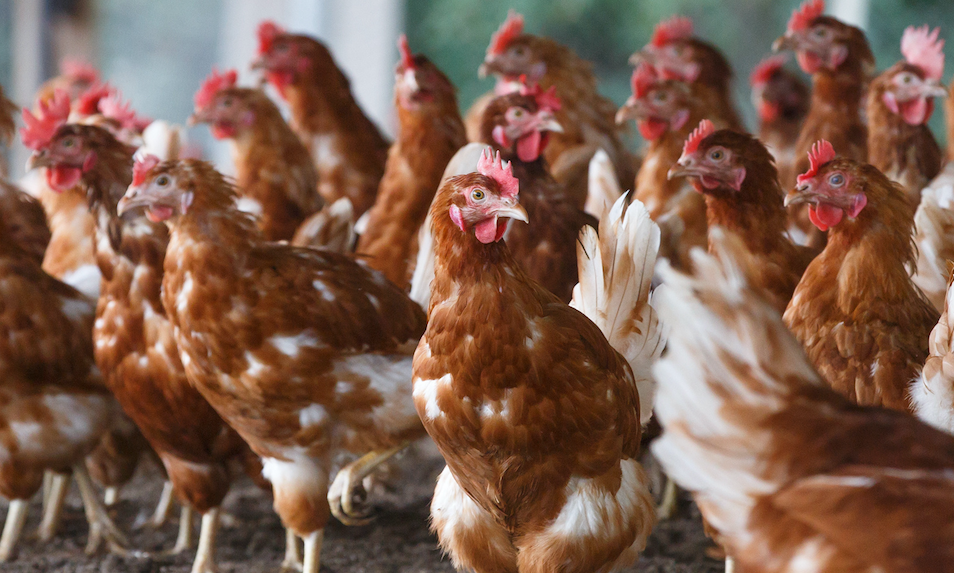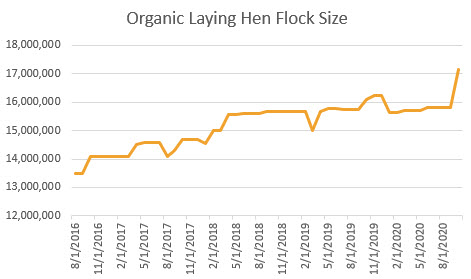11.21.2025
Sausage casings bulletin, November 21, 2025

...

Despite rising flock size and increasing demand at the retail level, organic feed demand has yet to take off. Organic corn prices continue to hover near the $6 level in the mid-west and closer to $300 per short ton on the east coast. Prices in eastern Canada are closer to $270 per short ton, and on the west coast, organic corn prices are near $310 per short-ton. The low level of organic corn prices shows that despite rising organic laying hen flock size supply continues to outstrip demand.
Organic laying hen flock size hit a 5-year high according to the Agricultural Marketing Service (AMS). What is interesting is despite these lofty levels the data released on Thursday from the National Agricultural Statistics Service (NASS) for the annual organic survey shows that organic laying hen flock size during the 2019 season was much larger than The Jacobsen has expected.

The NASS report, which last came out four years ago, shows that the organic flock size was 25% larger than what was reported by the AMS. It’s great for the industry to get additional data points. The Jacobsen touched base with the AMS last week and then stand by their numbers, saying that they speak to industry experts and the Federal Food Inspection Agency regularly and the most up to date numbers.
The rise in demand for organic products continues to spread throughout the globe. According to Nielsen, the UK organic food market grew to a decade high, with sales increasing 9.5% year over year. Strong demand for health food during the pandemic has been the driving force. Expectations are for the organic food market in the UK to reach 2.6-billion pounds. The rise in organic food has outpaced non-organic food demand during 2020 by approximately 3%.